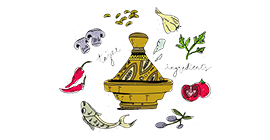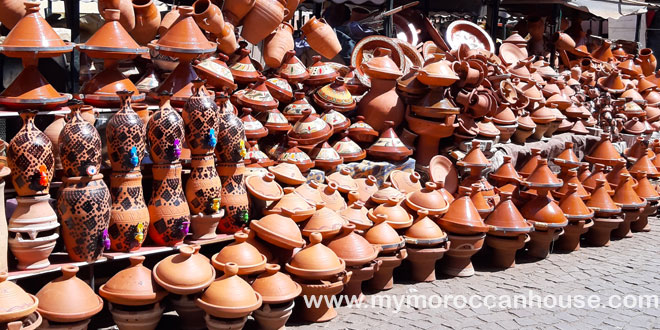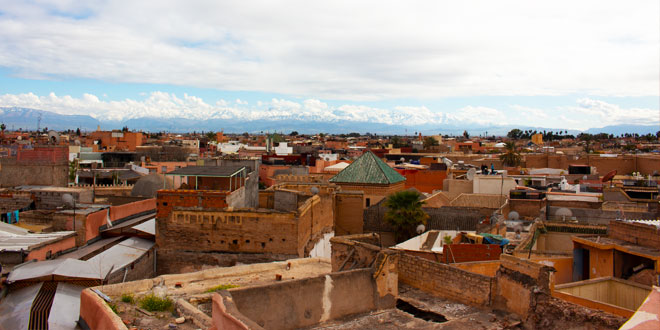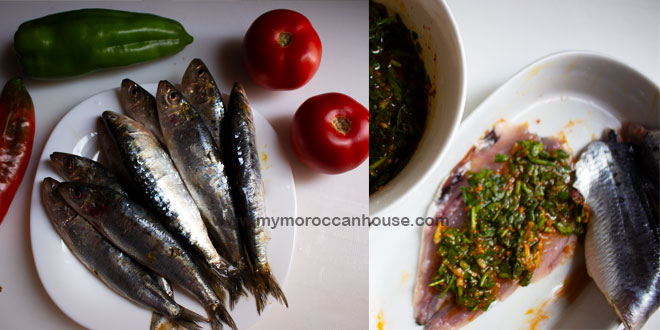You have reached this interesting post as you might be among those who have asked the following questions: How To Make Moroccan Henna Tattoos Last Longer? How can I make my henna last longer? How do you make henna darker and last longer? Can henna tattoos be permanent? Should I add lemon juice to henna? Why do you put lemon and sugar on henna? if so, you have come to the right place.
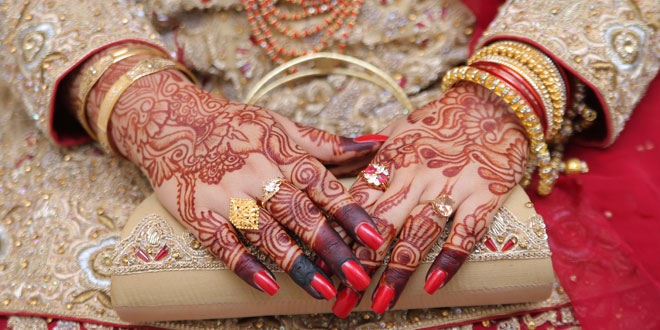
Henna tattoos are a popular form of temporary body art made from the crushed leaves of a henna plant. Dating back to ancient Egypt, henna tattoos are traditionally used to celebrate happy occasions like weddings, birth-giving, etc. After being applied to the skin, the henna designs darken to a rusty dark shade over a 24-48 hour period.
Typically, these tattoos fade with your skin’s natural exfoliation after about two weeks, but you can make your henna tattoo last longer with a few extra steps.
How To Make Moroccan Henna Tattoos Last Longer With These 8 Steps:
Applying Henna patterns is one of the rituals that many cultures have been famous for, such as Indian, Arab, and other different countries of the world, and Morocco is no exception. No wedding ceremonies are complete without applying the henna patterns of the bride.
However, most women suffer from the fading of the henna color within a short period of time, and it becomes unattractive.
The following is a guide that illustrates the most important tips and steps you need to maintain attractive, long-lasting henna patterns while maintaining its dark color.
1. Opt for a Moroccan Hammam Before Applying Henna Patterns
If you want a long-lasting henna design, resort to a Moroccan Hammam before applying it. This step helps the skin to better absorb the henna color, making it more long-lasting. But it is important that you do not use any kind of oils or creams with the Moroccan Hammam for the same reason mentioned in the first point.
Exfoliation in the Moroccan Hamma helps get rid of dead cells that would interfere with the proper adhesion of the Henna pattern. These dead cells are responsible for the “flaking” effect which can occur very quickly to the pattern.
2. Do Not Use Any Kind of Cream or Oil Before Applying Moroccan Henna Pattern
Among the important tips when applying Moroccan Henna is not to apply any kind of creams or oils to the skin before applying it, since cream elements form a barrier in the skin and prevent it from absorbing the color.
Hence, the skin should be completely dry.
3. Leave the henna on the body until it dries completely
Leave the henna paste on for four to six hours after application before peeling off the skin. The longer you leave on the paste, the darker the pattern will be. And the darker the pattern, the longer it will last.
To ensure a darker stain, expose your henna tattoo to steam while the paste is still on it, which will keep the henna moist, prevent cracking, and release more dye. When the time comes to remove the paste, carefully remove it using a butter knife.
4. Expose Your Henna Patterns to Clove Vapor
The dark color is what distinguishes the henna pattern and makes it more attractive. To maintain this color, you can resort to a trick few who know, which is the vapor of cloves.
All you have to do is heat some clove buds in a metal bowl, and expose your hands or the area where the henna is applied to the steam of these buds.
5. Resort to A Mixture of Sugar and Lemon
Adding sugar and lemon to the prepared henna mixture is among the basic tricks that give you a long-lasting, attractive, and shiny henna design.
You can also prepare a mixture of sugar and natural lemon juice and spray it on the henna pattern after you finish painting it, once every half an hour until you feel that it has dried completely.
6. Do Not Use a Hairdryer to Dry It
Many women resort to a hair dryer to air their henna patterns and dry them quickly. This step is harmful to henna drawings, which will cause the color to fade very quickly, especially black henna.
7. Do Not Wash Your Hands or Feet at Least 12 Hours After Applying Henna
It is recommended, after drawing henna on the hand or foot, not to expose them to water or soap for a period of not less than 12 hours. This period sets the color more and prevents it from fading or fading.
8. Prepare Your Moroccan Henna Paste at Home
To conclude, to ensure long-lasting henna patterns, resort to preparing it at home. This is a well-known method that most Moroccan women opt for:
- On medium heat, bring to boil a half cup of water, a tablespoon of tea, and 10 clove buds. Let it cool then pour it into a strainer.
- Mix the henna powder with the prepared liquid; add some drops of lemon juice until you get a cohesive mixture like a dough. Cover the bowl for 10 minutes.
- Leave the henna paste for two hours to ferment before you use it.
What Is so Special About Morocco? Reasons Why You Should Visit Morocco
Morocco is a land of glamorous and vivid contrasts. The gateway to two continents, it is a country of breathtaking landscapes, rich in history and heady with magnific scents and spectacular sights.
While the countryside is home to old traditions and diverse peoples, the ever-growing urban centers boast incredible new architecture together with the old, and activities to suit all modern tastes.
Morocco’s diverse geography, multicultural atmosphere, and rich history make it a mesmerizing country.
Its towns offer a striking contrast of ancient kasbahs, mosques and souks and modern architecture, with a
mix of Berber, Arab and African peoples.
In the crowded ancient medinas, young men in designer jeans haggle over cell phones alongside traditionally dressed women shopping for housewares.
In the fertile countryside, a farmer riding on a goat is as common a sight as a television satellite perched on a mud-brick roof.
Moroccan culture is extremely rich and difficult to pigeonhole. Moroccan landscape includes beaches, mountains, lakes, forests, and deserts.
Morocco is a unique blend of Arab, African, and European ways of life, and the Moroccans wouldn’t have it any other way.
Moroccan cuisine is rich and varied, owing to a variety of cultural influences. Meat is well-spiced and lean, vegetables are fresh and abundant, and everything is permeated with spices.
Moroccan cooking is quite labor-intensive and dishes are pleasingly presented as well as meticulously prepared.
Beef, lamb, fish, and chicken are all popular and used in a variety of dishes. Pigeon and turkey are also available, and the seafood in the coastal cities is not to be missed.
Meat is prepared according to Islamic halal regulations.
Rice, semolina wheat, and barley grains are used for a variety of dishes. A wide range of spices is used, including cumin, saffron, paprika, ginger, cinnamon, red and black pepper, and a special mixture called ras al-hanout is widely used in Moroccan cuisine.
A typical Moroccan meal starts with something fresh or cooked salads, olives and pickled vegetables and bread, and sometimes a cold beverage. The main course is then brought out, usually in a large pot, or tajine.
Moroccans will either eat from the main dish their hands or using spoons, or serve food on to individual dishes.
After the main course is through and plates are removed, various fruits are arranged on the table, and mint tea is served, sometimes with Moroccan cookies.
